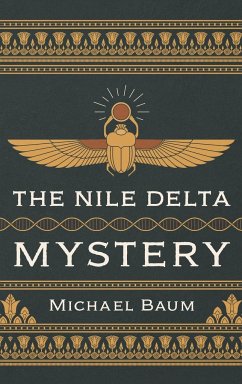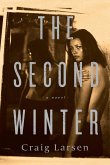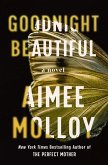There is no sound archaeological evidence for the biblical story of the exodus from Egypt, but this work of fiction revisits the Bible story using clues from Egyptology and molecular genealogy of three mysterious mummies discovered nearby the Saqqara step pyramid. A group of English and Egyptian archaeologists and geneticists working together discover that one of the mummies carried a gene that confirms he was from the tribe of the Cohanim, and one of the mummies must be that of Nefertiti, the wife of the monotheist pharaoh, Akhenaten. From this they deduce the identity of Moses from the Bible and then follow clues for the route taken by the Israelites from Egypt to the Promised Land. Along the way they are able to discover rational explanations for the ten plagues and the parting of the Red Sea. These observations are not welcomed by the extreme orthodox community of Jews intent on rebuilding the temple in Jerusalem and ultimately end up in a battle on the Temple Mount. For this the army of the modern Israelites find common purpose with the Palestinian militias to protect the ground that is holy to both Muslims and Jews.
Hinweis: Dieser Artikel kann nur an eine deutsche Lieferadresse ausgeliefert werden.
Hinweis: Dieser Artikel kann nur an eine deutsche Lieferadresse ausgeliefert werden.








